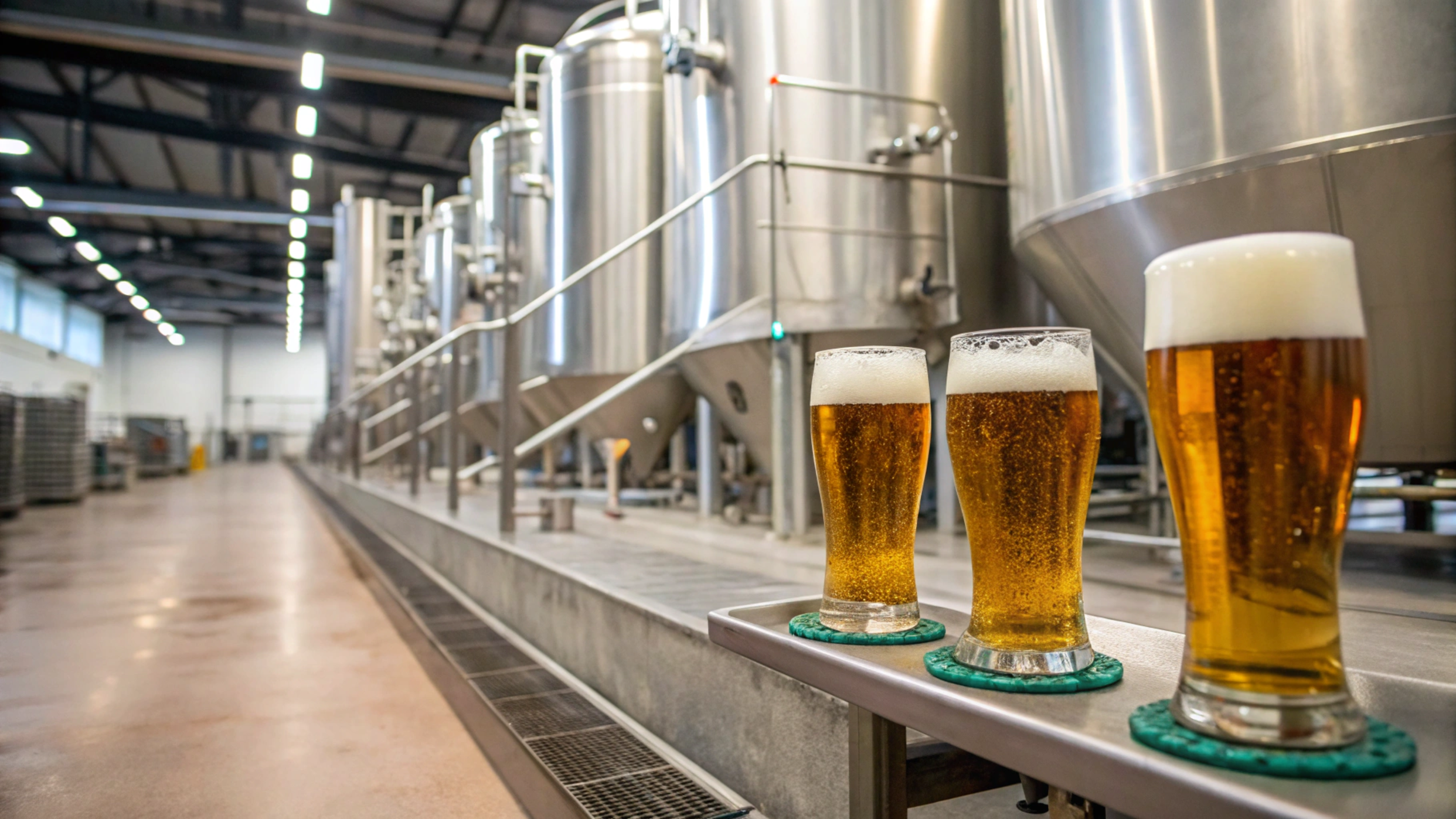How to Start a Bottled Water Industry?
Ever dream of launching your own bottled water brand? What if turning that dream into reality involves more than just finding a water source and slapping on a label?
Starting a bottled water business requires securing a reliable water source, investing in purification and bottling equipment, complying with regulations, and developing a strong marketing strategy. This includes understanding licensing, food safety, and labeling standards. It's a complex but potentially rewarding venture.
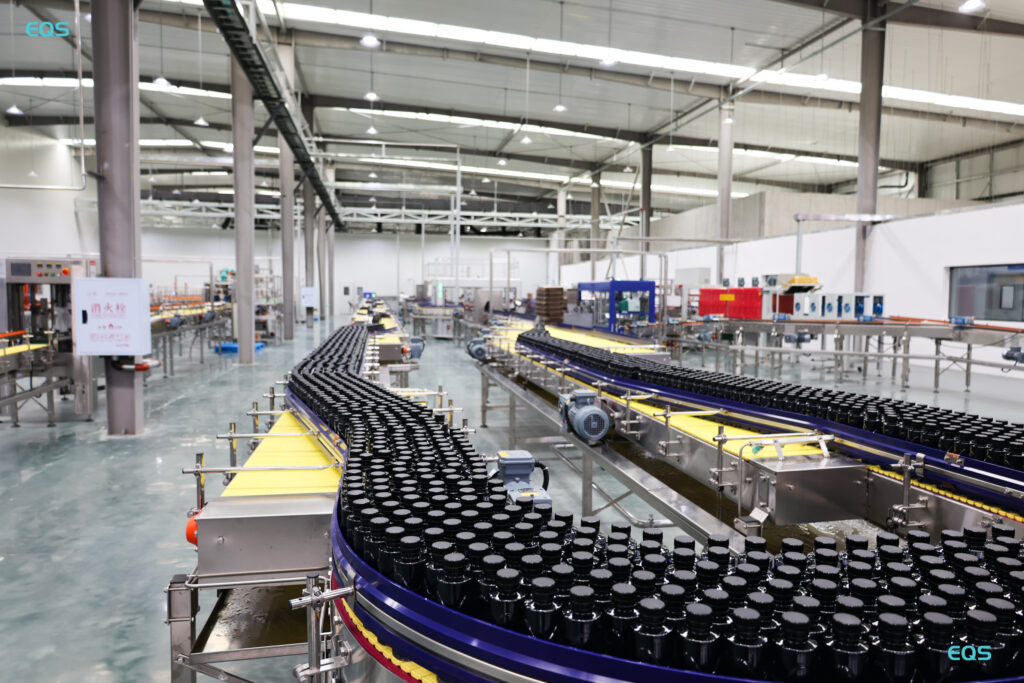
Want to learn the key steps to launching your own bottled water business? Keep reading to discover the essential elements you need to consider before taking the plunge.
How much does it cost to start a bottled water company?
Are you wondering about the financial investment required to launch a bottled water company? Do you want to understand the various costs involved and how to budget for them?
The cost to start a bottled water company varies widely depending on the scale of operation, the source of water, and the equipment used. Initial investments can range from $50,000 for a small-scale operation to several million dollars for a large-scale plant. Key expenses include equipment, water sourcing, facility costs, and regulatory compliance.
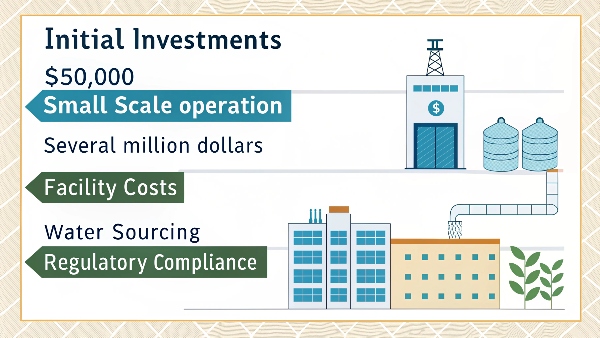
Key Costs to Consider: Dive Deeper
Initial Investments
- Equipment: Water purification systems, filling machines, capping machines, labeling machines, and packaging equipment.
- Water Sourcing: Costs associated with accessing and testing the water source, including permits and extraction fees.
- Facility Costs: Rent or purchase of a facility, utilities, and maintenance.
- Regulatory Compliance: Costs for licenses, permits, and compliance with food safety regulations.
- Marketing and Branding: Developing a brand identity, marketing materials, and advertising campaigns.
Ongoing Expenses
- Raw Materials: Bottles, caps, labels, and packaging materials.
- Labor: Wages for employees involved in production, quality control, and administration.
- Utilities: Electricity, water, and other utilities required to operate the facility.
- Maintenance: Regular maintenance and repairs of equipment.
- Distribution: Transportation and logistics costs for delivering the bottled water to retailers.
Cost Breakdown
| Expense Category | Estimated Cost Range | Factors Influencing Cost |
|---|---|---|
| Equipment | $20,000 - $1,000,000+ | Scale of production, level of automation, and quality of equipment |
| Water Sourcing | $5,000 - $50,000+ | Type of water source (spring, well, municipal), permits, and testing fees |
| Facility Costs | $10,000 - $500,000+ (annual) | Location, size, and condition of the facility |
| Regulatory Compliance | $2,000 - $20,000+ | Complexity of regulations, testing requirements, and consulting fees |
| Marketing & Branding | $5,000 - $100,000+ | Scope of marketing efforts, brand development, and advertising channels |
I once helped a client develop a detailed budget for their bottled water startup. We carefully analyzed each expense category and identified ways to minimize costs without compromising quality. It was a challenging but rewarding process.
How profitable is the bottled water industry?
Are you curious about the potential for profit in the bottled water industry? Do you want to know the factors that influence profitability and how to maximize your returns?
The bottled water industry can be highly profitable, with a global market size in the billions of dollars. Profitability depends on factors such as production efficiency, branding, distribution, and pricing. Companies that can effectively manage these factors can achieve significant returns on their investment.
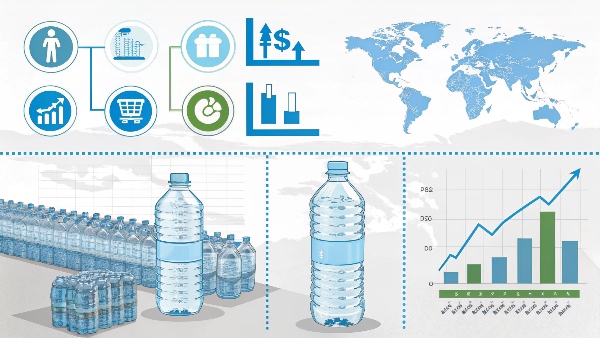
Factors Influencing Profitability: Dive Deeper
Key Factors
- Production Efficiency: Minimizing production costs through efficient equipment and processes.
- Branding: Creating a strong brand identity and marketing effectively to attract customers.
- Distribution: Establishing a reliable distribution network to reach retailers and consumers.
- Pricing: Setting competitive prices that balance profitability with market demand.
- Water Source: Accessing a high-quality water source at a reasonable cost.
Profit Margins
- Typical profit margins in the bottled water industry range from 5% to 20%, depending on the factors mentioned above.
- Premium brands with strong brand recognition and efficient operations can achieve higher profit margins.
Market Trends
- Growing demand for bottled water, driven by health concerns and convenience.
- Increasing popularity of flavored and enhanced water products.
- Rising consumer awareness of environmental issues, leading to demand for sustainable packaging.
Strategies for Maximizing Profitability
| Strategy | Description | Benefits |
|---|---|---|
| Optimize Production | Invest in efficient equipment and processes to minimize production costs. | Lower costs, increased output, and improved profit margins. |
| Develop a Strong Brand | Create a unique brand identity and market effectively to attract customers. | Increased brand loyalty, premium pricing, and higher sales volumes. |
| Establish Efficient Distribution | Build a reliable distribution network to reach retailers and consumers. | Reduced transportation costs, wider market reach, and increased sales opportunities. |
| Offer Premium Products | Develop flavored or enhanced water products to cater to changing consumer preferences. | Higher profit margins, increased brand appeal, and differentiation from competitors. |
I once worked with a bottled water company that was struggling with low profit margins. By implementing strategies to optimize their production processes and strengthen their brand, we were able to significantly improve their profitability.
Do you need FDA approval to sell bottled water?
Are you wondering about the regulatory requirements for selling bottled water? Do you need approval from the Food and Drug Administration (FDA)?
While the FDA does not provide "approval" for bottled water products in the same way it does for drugs, bottled water companies must comply with FDA regulations and standards for safety and labeling. This includes registering their facilities, adhering to good manufacturing practices (GMPs), and meeting specific requirements for water quality and labeling.
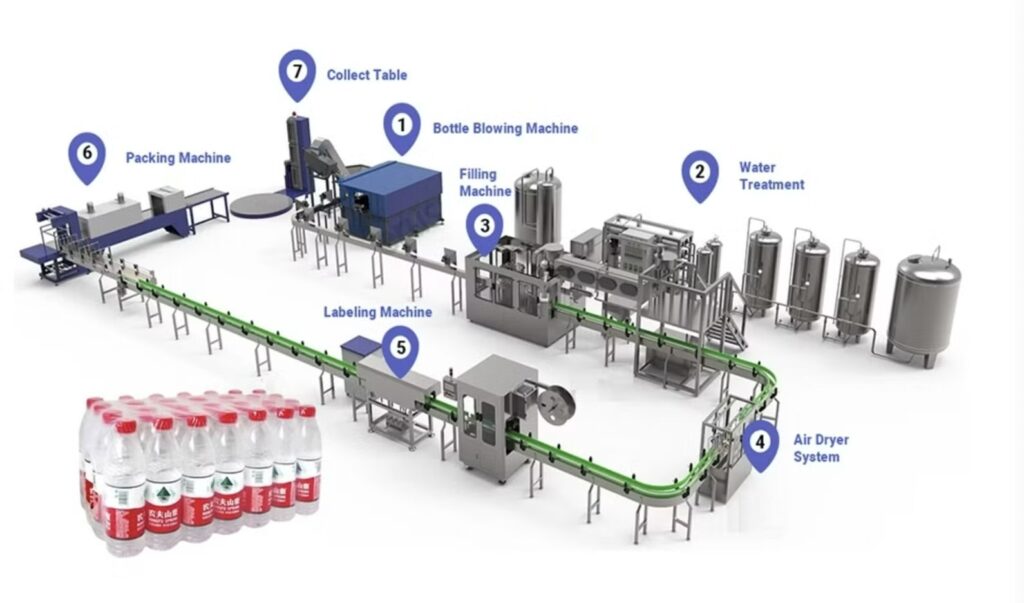
FDA Regulations for Bottled Water: Dive Deeper
Key Requirements
- Facility Registration: Bottled water companies must register their facilities with the FDA.
- Good Manufacturing Practices (GMPs): Companies must adhere to GMPs to ensure the safety and quality of their products.
- Water Quality Standards: Bottled water must meet specific standards for contaminants and purity.
- Labeling Requirements: Labels must provide accurate information about the product, including ingredients, nutritional information, and the name and location of the bottler.
Areas Covered by FDA Regulations
- Source Water: Regulations address the quality and safety of the water source.
- Treatment Processes: Regulations specify acceptable treatment methods for purifying the water.
- Bottling and Packaging: Regulations cover the materials used for bottles and packaging to prevent contamination.
- Labeling: Regulations require accurate and truthful labeling of bottled water products.
Compliance and Enforcement
| Area | Requirement | Purpose |
|---|---|---|
| Facility Registration | Register the facility with the FDA | Allows the FDA to track and inspect bottled water facilities |
| GMPs | Adhere to Good Manufacturing Practices | Ensures that the bottled water is produced in a safe and sanitary environment |
| Water Quality | Meet specific standards for contaminants and purity | Guarantees that the bottled water is safe for consumption |
| Labeling | Provide accurate and truthful labeling | Informs consumers about the product and ensures that they are not misled |
I've worked with several bottled water companies to ensure they comply with FDA regulations. It's a complex process, but it's essential for ensuring the safety and quality of their products.
Is water bottling a profitable business?
Are you considering entering the water bottling business and wondering about its profitability? Do you want to understand the factors that can make or break a water bottling venture?
Water bottling can be a profitable business, but success depends on careful planning, efficient operations, and effective marketing. Factors such as water source quality, production costs, branding, and distribution all play a critical role in determining profitability.

Keys to Profitability in Water Bottling: Dive Deeper
Essential Factors
- Water Source: Access to a high-quality, affordable water source is crucial.
- Production Efficiency: Minimizing production costs through efficient equipment and processes is essential.
- Branding and Marketing: Creating a strong brand and marketing it effectively to attract customers.
- Distribution Network: Establishing a reliable distribution network to reach retailers and consumers.
- Regulatory Compliance: Meeting all regulatory requirements to ensure product safety and avoid costly penalties.
Challenges to Overcome
- Competition: The bottled water market is highly competitive, with many established brands.
- Environmental Concerns: Consumers are increasingly concerned about the environmental impact of bottled water.
- Transportation Costs: Transporting bottled water can be expensive, especially over long distances.
- Regulatory Compliance: Meeting all regulatory requirements can be challenging and costly.
Strategies for Success
| Strategy | Description | Benefits |
|---|---|---|
| Secure a High-Quality Source | Obtain access to a reliable and affordable water source with excellent purity. | Reduces treatment costs and enhances product quality. |
| Invest in Efficient Equipment | Utilize energy-efficient equipment to minimize production costs. | Lower operating costs, increased output, and improved profit margins. |
| Build a Strong Brand | Develop a unique brand identity and market effectively to attract customers. | Increased brand loyalty, premium pricing, and higher sales volumes. |
| Focus on Sustainability | Implement sustainable practices to reduce environmental impact. | Attracts environmentally conscious consumers and enhances brand reputation. |
I've seen many water bottling businesses succeed by focusing on quality, efficiency, and sustainability. By carefully managing their costs and building a strong brand, they've been able to thrive in a competitive market.
Conclusion
Starting a bottled water industry requires careful planning, significant investment, and a commitment to quality and sustainability. By addressing the key challenges and implementing effective strategies, you can increase your chances of success in this competitive but potentially rewarding market.
My name is Allen, and I'm an expert in filling machine technology at EQS (eqsfilling.com), a leading liquid packaging solution provider based in China. If you're looking for top-quality filling machines for your production line, feel free to reach out to me at [email protected]. We specialize in providing customizable solutions with cutting-edge technology.

